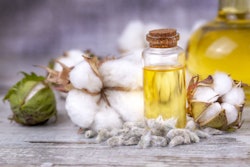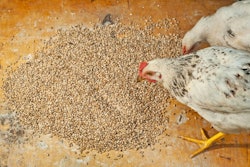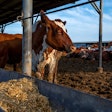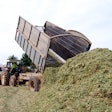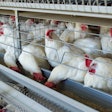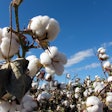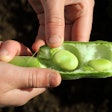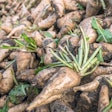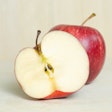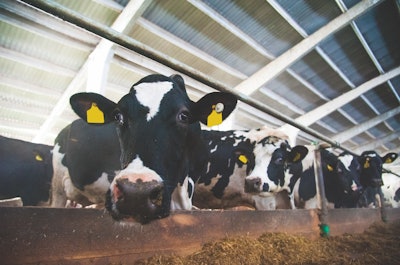
Adding sugar beet pulp pellets into a total mixed ration diet for dairy cows improves palatability of the whole ration
Sugar beet pulp (dried, for this discussion) is another exotic feed ingredient that is prized by dairies that have used them even once. It is not as exotic as many believe. The U.S. is among the top five producers globally, with Minnesota, Idaho and North Dakota being the major producing states. In the EU, it is France that ranks No. 1, with many other countries producing less quantities. Sugar beet pulp is a high-fiber product and, despite being pelleted to reduce its volume, it is still a low-value commodity that cannot afford huge transportation added costs.
Sugar beet pulp is rich in fibers, especially pectins (20%) that are easily and rapidly fermentable by rumen bacteria. It is the pectin fraction that is considered the “X” factor in sugar beet pulp that makes it so valuable in dairy rations. Despite being a byproduct of table sugar (sucrose) extraction, it contains very little in terms of sugars (5%) – as any remaining sugar is transferred into molasses. As such, it is not promoting rumen acidosis while it provides an easily and rapidly fermented source of energy.
Its protein (about 8-10%) is not significant and a good part of it is of non-protein origin, something that is important for non-ruminants, but not so for ruminants that can use even urea (a fertilizer) at restricted quantities. However, sugar beet pulp is virtually devoid of vitamin A (a requirement for dairy cows) and thus, supplementation with this vitamin should be increased when sugar beet pulp is being fed at high levels.
Adding sugar beet pulp pellets into a total mixed ration (TMR) diet for dairy cows improves palatability of the whole ration, especially if it is combined with a limited amount of molasses. Sometimes, sugar beet pulp pellets are manufactured with the molasses already incorporated into them. As such, this ingredient is perfectly suitable for cows that exhibit low feed intake or are prone to rumen acidosis due to high-grain rations being fed.
A typical dairy cow can consume up to 10 kg pellets per day, although about half of that figure (5 kg) is the norm among most nutritionists – mostly because quality may be unknown or variable. If fed at the higher recommended level, then some lignin-rich roughage should be included in the ration because sugar beet pulp pellets contain about 1% lignin. Wheat or other cereal straw is such a lignin-rich ingredient – and an inexpensive, too.
An interesting question is whether sugar beet pulp pellets can replace corn silage, and there are many research reports on the subject. A well-balanced TMR can be made without corn silage, but that is rather difficult to achieve. It is best if sugar beet pulp is used as part of the fiber/energy ingredients and not the only one. Some reports have shown altered milk solids with high levels of sugar beet pulp, and this should be taken into consideration, as well.


